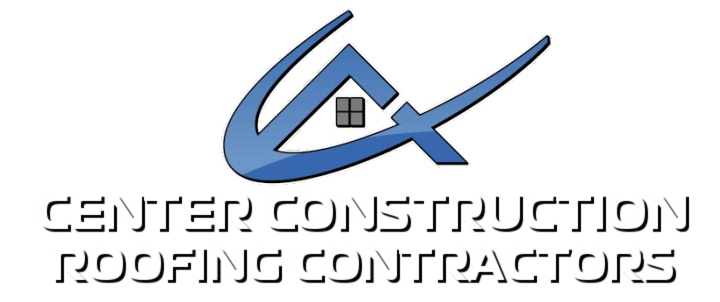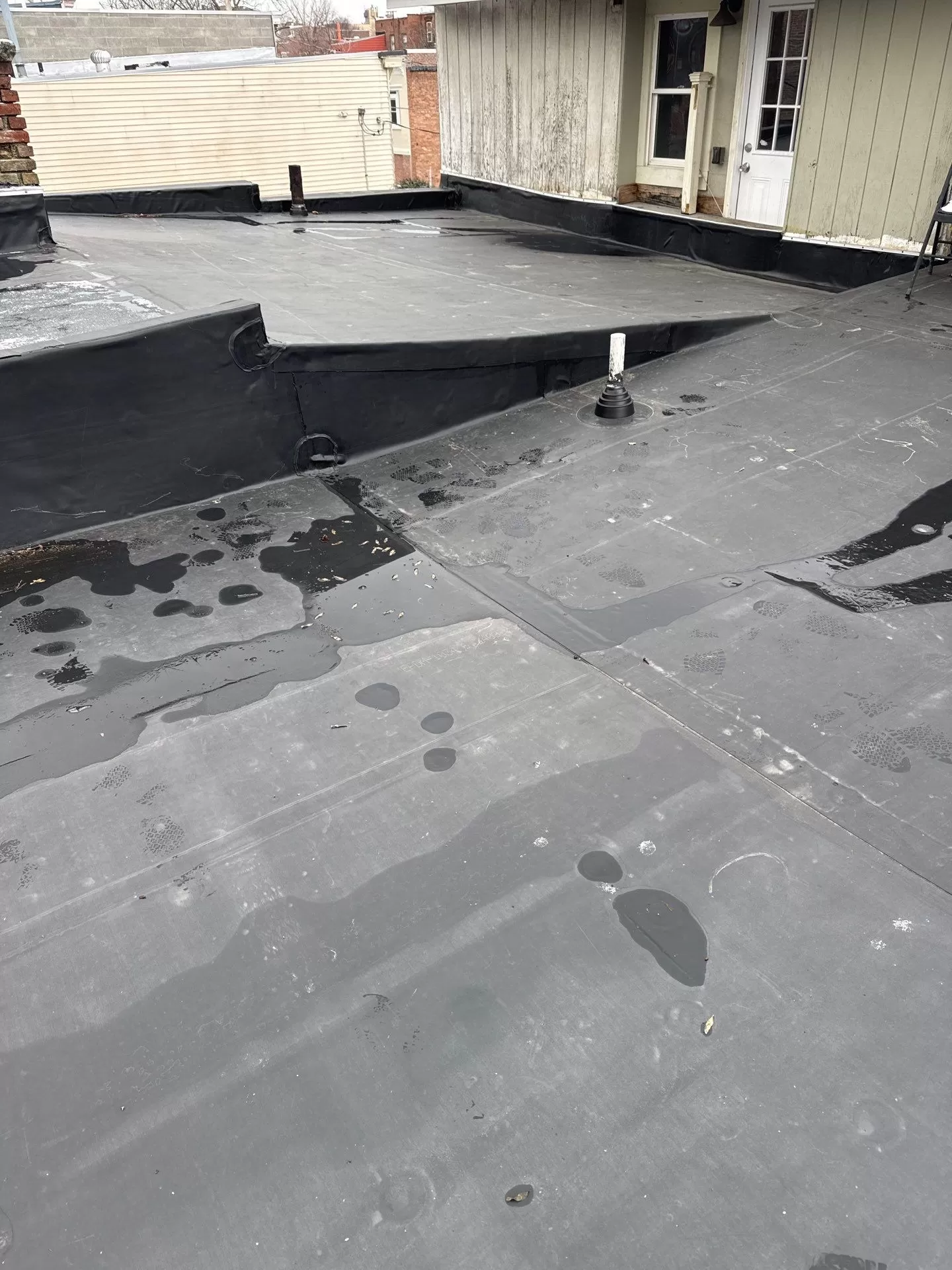Roofing systems serve as the primary defense against environmental elements for any structure, but not all roofs are created equal. Domestic and commercial roofing systems differ significantly in design, materials, installation techniques, and maintenance requirements. These differences reflect the distinct purposes and challenges of residential homes versus commercial buildings. Understanding these variations is crucial for property owners, facility managers, and construction professionals when making decisions about roofing investments. The specific requirements of each type of roofing system stem from factors such as building size, occupancy patterns, accessibility needs, and budget considerations.
Structural Design Differences
Scale and Complexity
Commercial roofs typically cover much larger areas than residential roofs, often spanning thousands of square feet. This increased scale necessitates different structural considerations. While a residential roof might be a straightforward pitched design covering several hundred square feet, commercial roofs frequently cover expansive areas requiring precision engineering to manage weight distribution and drainage across a much larger surface area.
Slope Configuration
Residential roofs generally feature steeper slopes, which create the characteristic pitched appearance of most homes. These slopes range from 4:12 to 9:12 (vertical:horizontal) and effectively channel water and snow off the roof surface. In contrast, commercial roofing systems often utilize low-slope or flat roof designs with slopes as minimal as 1/4:12. These designs maximize usable interior space and accommodate rooftop equipment while requiring specialized waterproofing systems.
Weight-Bearing Requirements
Commercial structures must support significant additional weight on their roofing systems. HVAC units, solar panel arrays, satellite equipment, and sometimes even rooftop recreational areas contribute to much higher load-bearing requirements. Residential roofs, while still engineered for regional snow loads and occasional maintenance foot traffic, aren’t typically designed to support heavy equipment or regular traffic.
Material Differences
Commercial Roofing Materials
Commercial buildings predominantly use membrane roofing systems that provide waterproofing across large, flat surfaces. Popular options include:
EPDM – A highly durable synthetic rubber membrane that offers excellent weather resistance and flexibility in temperature extremes.
TPO – A single-ply reflective roofing membrane that combines weather resistance with energy efficiency through its heat-reflective properties.
Modified Bitumen – Multi-layer systems composed of reinforced roof fabrics and asphalt that has been modified with polymers for enhanced performance.
Built-Up Roofing (BUR) – Multiple layers of bitumen alternated with reinforcing fabrics creating a finished membrane that can be surfaced with aggregate, smooth coatings, or mineral-surfaced cap sheets.
Residential Roofing Materials
Residential properties typically utilize materials selected for their aesthetic appeal alongside durability:
Asphalt Shingles – The most common residential roofing material in North America, offering an attractive appearance with moderate durability and cost-effectiveness.
Clay or Concrete Tiles – Popular in certain architectural styles and climates, providing excellent durability and distinctive appearance.
Metal Roofing – Increasingly popular for its longevity, energy efficiency, and contemporary aesthetic appeal.
Cedar Shakes – Natural wood products that offer unique beauty but require more maintenance than synthetic alternatives.
Installation and Maintenance Considerations
Installation Complexity
Commercial vs Residential Roofing installation procedures differ significantly in complexity and time requirements. Commercial installations often involve specialized equipment for membrane attachment, including hot-air welders, mechanical fasteners, and adhesive systems. These projects may continue for weeks or even months depending on the size and complexity of the building. Center Construction Roofing professionals understand that residential installations typically complete within days, using more straightforward techniques suited to pitched surfaces and smaller scale projects.
Maintenance Requirements
Commercial roofing systems require more frequent and comprehensive maintenance than their residential counterparts. Regular professional inspections are necessary to check membrane seams, flashing details, drainage systems, and rooftop equipment mountings. Commercial maintenance often includes scheduled cleaning of drainage systems and removal of debris that can accumulate on flat surfaces.
Residential roofs benefit from their sloped design, which naturally sheds debris and water. While they still require periodic inspection, the maintenance is generally less intensive and can often be identified through visual examination from the ground or ladder.
Financial Implications
Investment Scale
The financial commitment for commercial roofing significantly exceeds that of residential projects, reflecting the larger surface area and more complex systems involved. Commercial projects typically represent major capital expenditures within building management budgets, while residential roofing, though still substantial, involves smaller scale investments.
Lifespan Expectations
Despite higher initial costs, commercial roofing systems often deliver impressive longevity when properly maintained:
- TPO and PVC membranes: 20-30 years
- EPDM: 25-30 years
- Modified bitumen: 20+ years
- Built-up roofing: 15-30 years
Residential roofing materials typically offer:
- Asphalt shingles: 15-30 years
- Metal roofing: 30-50 years
- Clay/concrete tiles: 50+ years
Energy Efficiency Considerations
Both commercial and residential property owners increasingly prioritize energy efficiency in roofing choices. Commercial buildings benefit from reflective membranes that reduce cooling loads in warm climates. Residential properties can achieve similar benefits through specially coated shingles or metal roofing systems with high solar reflectance values.
Regulatory Compliance
Building Code Requirements
Commercial roofing must adhere to stricter building codes addressing fire ratings, wind uplift resistance, and structural integrity. These regulations often vary by municipality and building use classification. Residential codes, while still comprehensive, typically involve simpler compliance processes focused on water resistance and basic structural requirements.
Warranty Structures
Commercial roofing warranties often contain more complex terms including specific maintenance requirements as conditions of coverage. These warranties may be structured as either manufacturer-backed or contractor-guaranteed. Residential warranties tend to be more straightforward, focusing primarily on material defects and workmanship quality.
Conclusion
The fundamental differences between commercial and residential roofing reflect the distinct purposes, scales, and priorities of these building types. While both aim to provide protection from the elements, they achieve this through different design approaches, materials, and maintenance protocols. Understanding these differences helps property owners make informed decisions when selecting, maintaining, or replacing their roofing systems.






